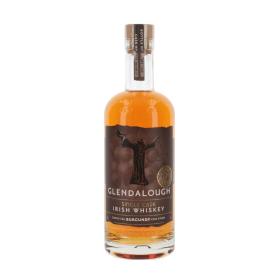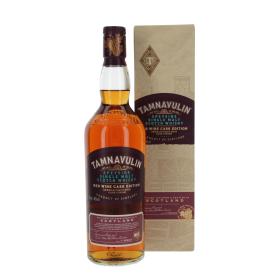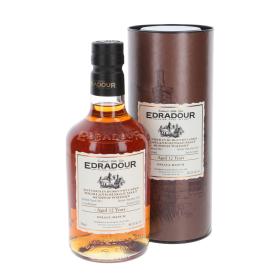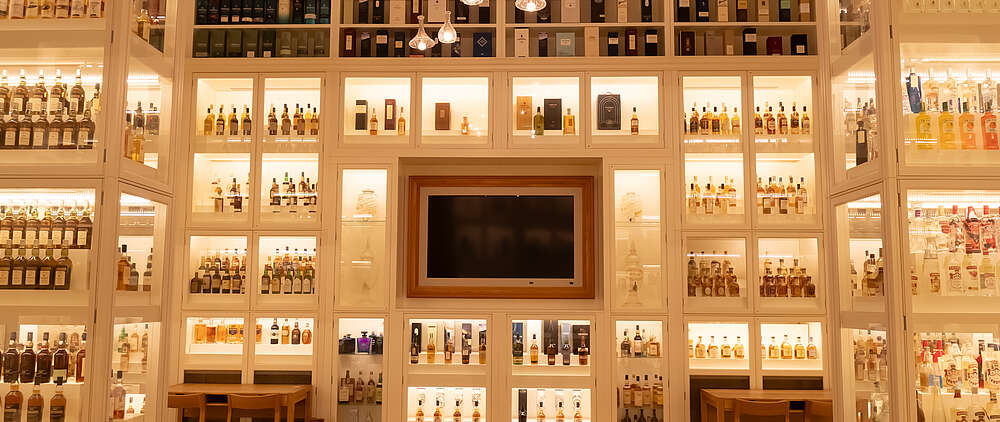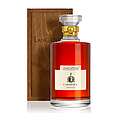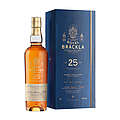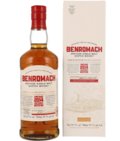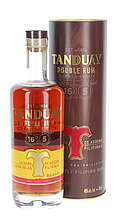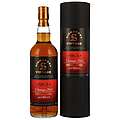Origin
Burgundy is a wine from the French region of Burgundy (French: Bourgogne). By definition, any wine from this region can call itself Burgundy, but the famous Burgundy wines come from the vineyards between Lyon and Dijon. The origins of this wine cannot be traced back exactly, as the history of viticulture dates back to the 6th millennium BC.
Production and grape varieties
There is red and white Burgundy. Red Burgundy is mostly made from Pinot Noir vines, white from Chardonnay vines. The main difference between red and white wines is the pre-treatment before fermentation. For red wine, the whole grapes are pressed and then fermented. For white wine, the juice pressed from the grapes is fermented. After fermentation, the wine is blended. The winemaker blends the wine made from the pre-fermentation must (without grape skins) with the wine made from the remaining crushed grapes. After the first fermentation, the wine undergoes a second fermentation to convert the malic acid into lactic acid.
The following step is the most interesting for whisky connoisseurs and lager managers. The wine is aged in oak casks to round out the character and add more flavours. As with the storage in fresh oak barrels known from bourbon, the wine gets additional flavours of caramel, vanilla and spices. In the wine industry, it is common to reuse the barrels up to five times for wine ageing. After this time, the aromas in the oak disappear and the barrel's ability to breathe is greatly reduced. This has a significant impact on our beloved whisky. Is a first-fill burgundy cask really a first-time refill, as in the case of a bourbon cask? No! The winery could have reused this cask several times and the oak flavours could have all disappeared by now. All that would be left is a lot of fruitiness from the wine.
The barrels used for wine ageing are usually a little smaller and range from 225 litres to 300 litres in capacity. Wineries have also taken on the charring of the barrels, which was introduced to the whisky industry by bourbon. However, unlike the production of bourbon, Irish and Scotch whisky, the use of wood chips in the cask is no longer prohibited in Burgundy production.
Effect on the taste
Since there are both red and white Burgundies, the question cannot be answered easily. The effect on the taste depends on the particular wine stored in the barrel. However, most casks used for whisky maturation were previously filled with red wine. Most burgundy cask maturations and post-maturations therefore produce fruity, fresh and sometimes slightly dry aromas.
Effect on the colour
Since most Burgundy barrels contained red wine, Burgundy barrel ageings often tend to be darker, sometimes even slightly reddish in colour.


